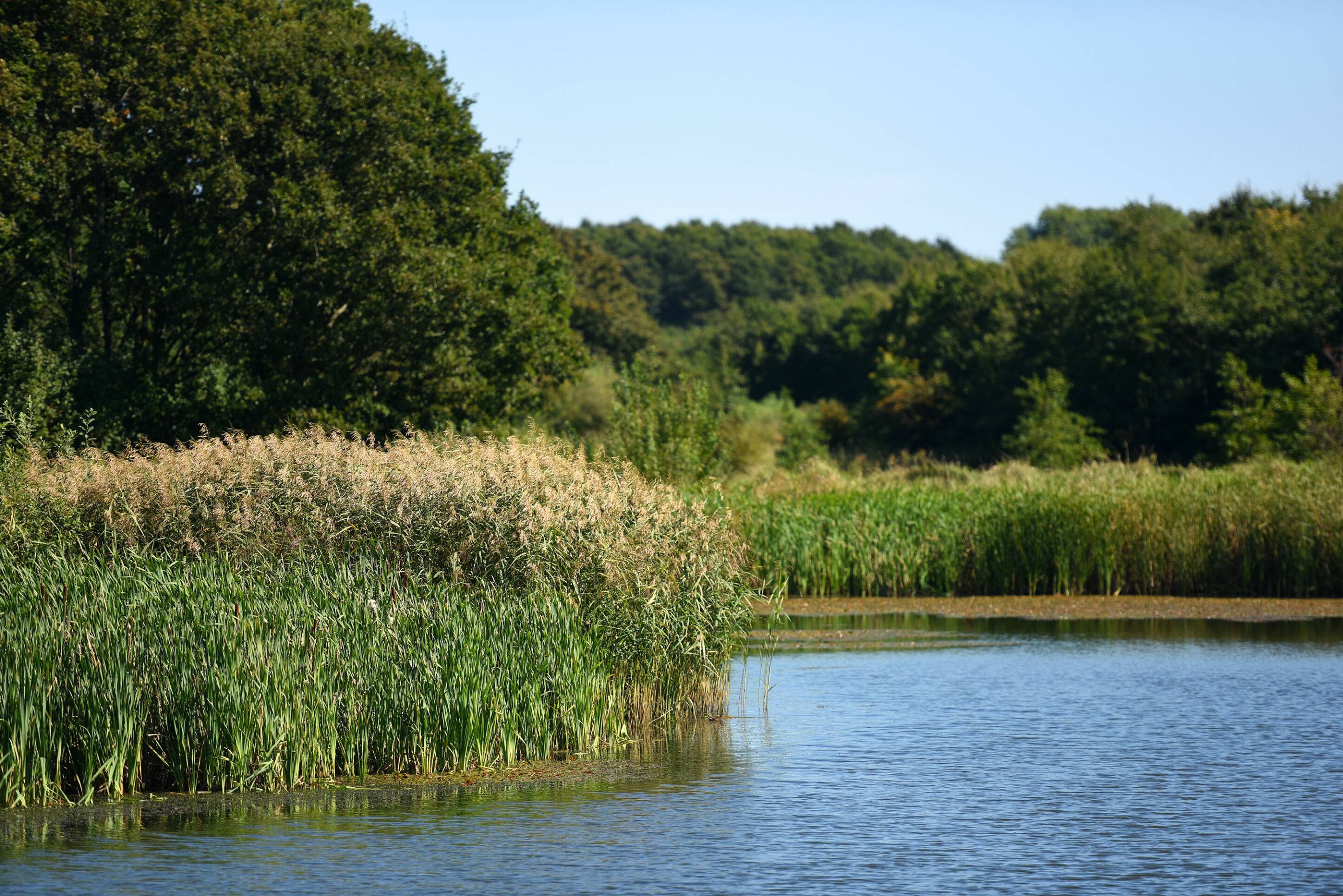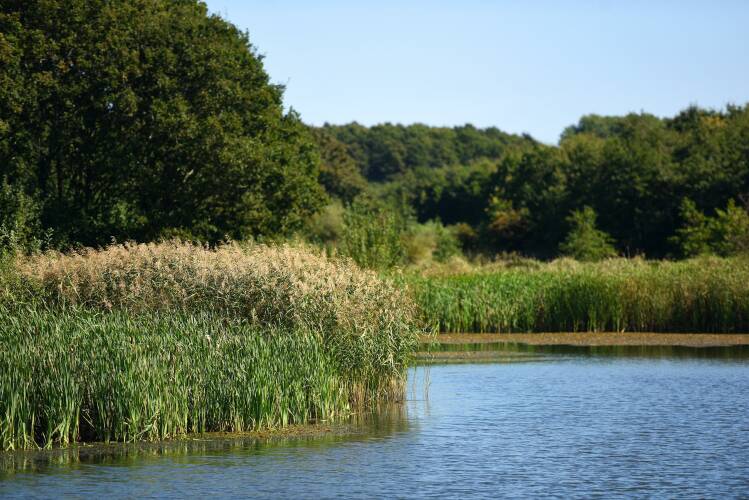Aarhus

Peter Søgaard, who works as a biologist at the municipality of Aarhus, explains how a heavy rainfall in 2012 eventually led to positive change in the city. “The rains flooded the suburb of Lystrup. That was a wake up call for everybody, including the city council which quickly addressed the problem and provided funds for projects to prevent it from happening again.”
Aarhus, the second-largest city of Denmark, is a prime example of successful climate mitigation and adaptation.
SCROLL DOWN
VisitDenmark / Andreas Dress

Lystrup became one of the largest climate adaptation projects in Denmark. Søgaard: “We rearranged the whole infrastructure to be able to store water until there was more room downstream, to make sure it could not damage property and infrastructure.” However, there are many other positive effects. As Søgaard explains, such heavy rains only happen every so often. “Then we have to use these areas to store water. In the meantime, they are useful both for biodiversity and recreational purposes.”
In a fruitful cooperation with the city’s water company, Aarhus Vand, the retention reservoirs have been transformed into green areas. Analysis of plant and insect communities show a dramatic increase in biodiversity. Also, many new possibilities for leisure emerged. Søgaard: “Part of the area has been adopted by local people as a grazing project. The municipality put up a fence and now residents keep five cattle in the area to increase the quality of nature. It’s a great success. People come down with their kids to visit the cows, all in the middle of a suburb.”
Aarhus Vand
Green Cities
Aarhus


Lystrup became one of the largest climate adaptation projects in Denmark. Søgaard: “We rearranged the whole infrastructure to be able to store water until there was more room downstream, to make sure it could not damage property and infrastructure.” However, there are many other positive effects. As Søgaard explains, such heavy rains only happen every so often. “Then we have to use these areas to store water. In the meantime, they are useful both for biodiversity and recreational purposes.”
VisitDenmark / Andreas Dress
In a fruitful cooperation with the city’s water company, Aarhus Vand, the retention reservoirs have been transformed into green areas. Analysis of plant and insect communities show a dramatic increase in biodiversity. Also, many new possibilities for leisure emerged. Søgaard: “Part of the area has been adopted by local people as a grazing project. The municipality put up a fence and now residents keep five cattle in the area to increase the quality of nature. It’s a great success. People come down with their kids to visit the cows, all in the middle of a suburb.”
Aarhus Vand


Peter Søgaard, who works as a biologist at the municipality of Aarhus, explains how a heavy rainfall in 2012 eventually led to positive change in the city. “The rains flooded the suburb of Lystrup. That was a wake up call for everybody, including the city council which quickly addressed the problem and provided funds for projects to prevent it from happening again.”
Aarhus, the second-largest city of Denmark, is a prime example of successful climate mitigation and adaptation.
Aarhus
Green Cities